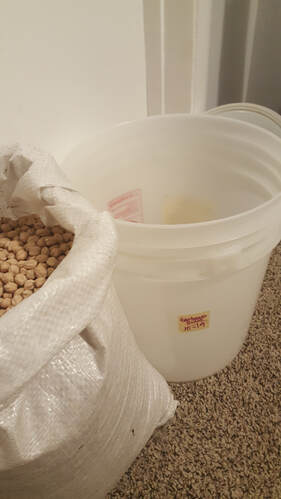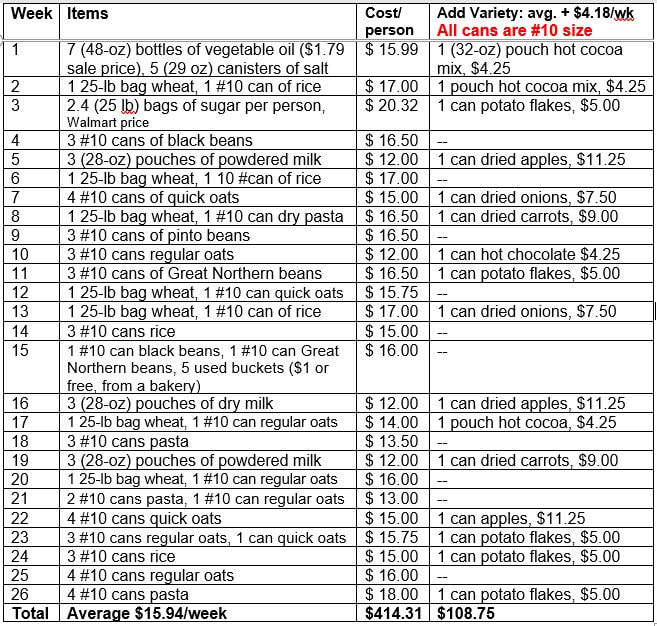
Harvest, Halloween, and Thanksgiving-- all of these bring pumpkin to mind. So here’s a collection of what’s on my blog so far on the topic. Don't throw out your Halloween pumpkins!
While the 'sugar pie pumpkins' are small, dense, and sweeter, the big ones are still good for cooking with. Multiple years, I've been able to glean pumpkins from farmers' fields for free after Halloween. Check with your local farmer, roadside stand, or grocery store.
See how to make your own recipe-ready pumpkin puree. It makes better pumpkin pies. Better everything. 😊 There’s more about cooking with pumpkins, here.
Here's a collection of recipes to use them.
The Great Pumpkin Cookbook, including these recipes that have their own posts: Impossible Pumpkin Pie, Pumpkin Cake Roll (homemade is WAY better than the store’s!), and Pumpkin Shake.
This link has just a few pumpkin recipes, from a class I taught.
Have you ever used pumpkin powder? It's like storing pumpkin puree, but in a fraction of the space, and with no freezer or pressure canner needed. There’s also a recipe on that post for Pumpkin Pancake Mix.
See how to make it-- and use it-- at the link above. There’s more about pumpkin and other vegetable powders, here.
There's even a gluten-free and dairy-free pumpkin cheesecake you can make using the pumpkin powder.
Or make this dairy-based Creamy and Light Pumpkin Cheesecake using pumpkin puree.
Caramel Pumpkin Bread Pudding. Lovely caramel sauce IN and ON it.
Autumn Harvest Bread- a lightly sweet pumpkin-pecan yeast bread. It’s delicious alone, with honeybutter, and makes amazing smoked salmon sandwiches.
Pumpkin Spice Cupcakes with Cream Cheese Cloud Frosting. Yes.
Store your whole pumpkins through the winter; learn more at http://theprovidenthomemaker.com/my-blog/storing-food-through-the-winter and here.







 RSS Feed
RSS Feed